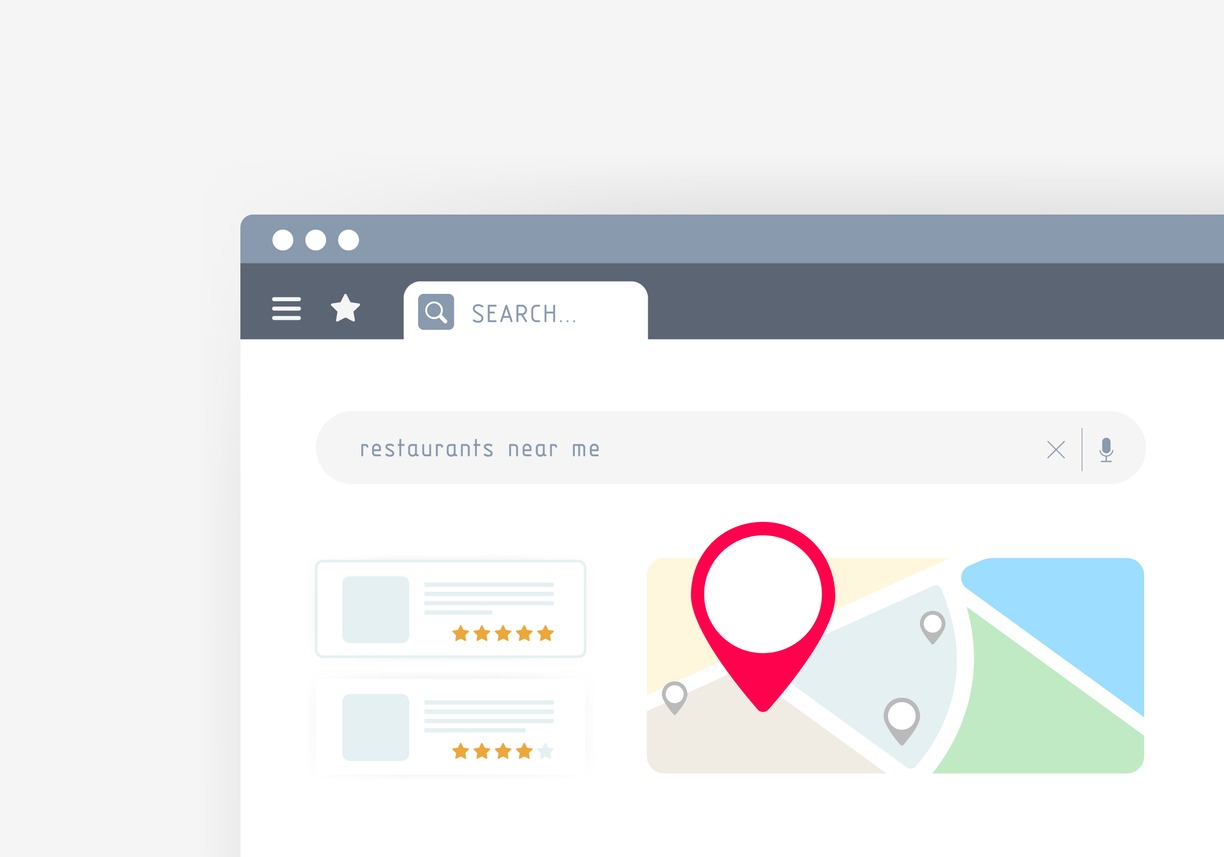How to Optimize Product Pages for E-commerce SEO
In the competitive world of online shopping, getting your products in front of customers is challenging. E-commerce SEO plays a vital role in making sure that your product pages rank well on search engines like Google, which, in turn, drives traffic and conversions. Optimizing your product pages for SEO isn’t just about adding keywords here and there—it’s a comprehensive strategy designed to enhance visibility and user experience.
In this blog post, we’ll explore the critical components of product page optimization for e-commerce, offering actionable insights to help you boost your search rankings and conversions. Whether you’re just starting or looking to refine your strategy, these tips will guide you in the right direction.
1. Craft Unique, Descriptive Product Titles
The first thing any potential customer—and search engine—sees on your product page is the product title. A well-optimized title should be clear, concise, and descriptive. It should also include your target keyword, ideally toward the beginning. However, avoid stuffing keywords unnecessarily, as this can make the title appear unnatural and negatively affect user experience.
For example, instead of “Red Women’s Shoes,” go for something more descriptive like “Red Leather Women’s Sneakers – Lightweight and Breathable.” The latter includes more relevant information and gives Google and customers a better understanding of the product.
Pro Tip: Structure your titles with a format that includes the brand name, product type, colour, and unique feature (e.g., “Nike Air Zoom Pegasus 39 – Running Shoes for Women in Black”). This will naturally optimize your product pages for e-commerce SEO while improving user experience.
2. Write Compelling Meta Descriptions
Your meta description is often the first point of contact between a potential customer and your product page. It should include the primary keyword and be persuasive, enticing users to click through. Make your meta description compelling by highlighting unique selling points like free shipping, limited-time offers, or customer satisfaction guarantees.
For example: “Discover the comfort of our Red Leather Women’s Sneakers, perfect for all-day wear. Shop now and enjoy free shipping on orders over $50.”
An optimized meta description helps increase click-through rates (CTR), crucial for ranking well in search engine results.
3. Optimize Product Descriptions for SEO and Conversions
Many e-commerce stores need to pay more attention to the importance of unique product descriptions. Simply copying the manufacturer’s description is a missed opportunity to rank higher on search engines and increase conversions.
Your product description should be detailed, informative, and unique, answering potential customer questions. Think of it as a chance to tell the product’s story, highlighting its benefits, features, and how it meets the customer’s needs.
For example, Instead of “Our leather sneakers are comfortable,” try “Our red leather sneakers offer unparalleled comfort with a lightweight design, perfect for long walks or casual outings. The breathable material ensures your feet stay cool, even during warmer months.”
Adding keywords naturally throughout the description helps search engines understand what your page is about. Additionally, ensure your product description is scannable—break it down with bullet points and bold, essential features, and use subheadings where necessary.
Looking for more ways to increase sales? Check out our post 7 Proven SEO Strategies to Skyrocket Your E-commerce Sales for additional tips.
4. Optimize Images for Speed and SEO
Images are crucial for e-commerce SEO. They showcase your products and, when properly optimized, contribute to your SEO efforts.
Start by using high-quality images that show your product from multiple angles. Clear, professional images build trust and encourage conversions. But just as important is the image file size. Large files can significantly slow down page loading times, negatively impacting user experience and SEO rankings.
To optimize images:
- Compress image file sizes to reduce loading times without compromising quality.
- Use descriptive alt text that includes relevant keywords, which helps search engines understand what the image depicts.
For example, instead of using “IMG001.jpg,” rename the file to “red-leather-womens-sneakers.jpg” and ensure the alt text provides context, such as “Red leather women’s sneakers with a lightweight, breathable design.”
5. Include Customer Reviews and Ratings
Incorporating customer reviews and ratings on your product pages provides more than social proof—it also adds user-generated content to the page, which can help with e-commerce SEO. Search engines favour fresh and relevant content, and reviews provide both, keeping your page updated with minimal effort on your part.
Moreover, reviews help build trust. Most shoppers read reviews before purchasing, and products with reviews generally perform better in conversions and SEO rankings. Don’t hesitate to ask satisfied customers for feedback and showcase those reviews prominently on your product pages.
6. Internal Linking for SEO Benefits
Internal linking is an often underutilized SEO tactic for e-commerce product pages. It helps with site navigation and distributes page authority across your website, boosting the visibility of product pages in search engine results.
Linking to related products or blog posts can keep users on your site longer, increasing engagement and reducing bounce rates. For example, if you sell running shoes, you can link to your blog post on From Window Shoppers to Loyal Customers: SEO Tactics for Brick-and-Mortar Stores or related product categories.
Also, linking to your Free SEO Analysis page (https://boostoneseo.com/get-a-free-assessment/) is a great way to provide additional value to your readers and prompt them to take action. Offering a free SEO assessment is a powerful tool to show potential clients where they can improve and how your services can help.
7. Leverage Structured Data
Structured data, called schema markup, is code you add to your product pages to help search engines better understand your content. It enables your product information to appear in rich snippets, showing additional details such as prices, ratings, availability, and more directly in search results.
For example, if you’re selling a pair of sneakers, structured data can help ensure the price, star rating, and stock status appear directly under your product link in Google. This additional information encourages users to click, improving your CTR and SEO rankings.
Adding structured data can seem technical, but many e-commerce platforms, such as Shopify or WooCommerce, make it easier with plugins or built-in features.
8. Enhance Mobile Optimization
With mobile shopping on the rise, ensuring your product pages are mobile-friendly is crucial for both SEO and user experience. A responsive design ensures your website works seamlessly across all devices, from desktops to smartphones.
Google’s mobile-first indexing means that the mobile version of your site is now the primary version Google will use to determine your rankings. If your product pages aren’t optimized for mobile, you risk lower rankings and losing potential customers.
Make sure:
- Images and buttons are appropriately sized for mobile screens.
- The checkout process is smooth and easy to navigate on smaller devices.
- Page load times are fast—Google recommends pages load within three seconds on mobile.
9. Monitor and Improve Page Speed
Page speed is a critical factor in SEO rankings and conversion rates. A slow-loading product page frustrates users, leading to higher bounce rates and lower sales. Tools like Google PageSpeed Insights can help you identify issues with your product pages and provide recommendations for improving speed.
A few ways to improve page speed include:
- Minimizing HTTP requests
- Enabling browser caching
- Using a content delivery network (CDN)
For a real-world example of how optimizing product pages can drastically improve performance, look at our E-commerce SEO Case Study: 38,000 More Organic Clicks in 6 Months.
Actionable Steps for Success
Optimizing product pages for e-commerce SEO goes beyond just placing keywords. It requires a holistic approach considering user experience, content quality, technical SEO, and mobile optimization. By following the abovementioned strategies, you’ll improve your search engine rankings and enhance your customers’ overall shopping experience, ultimately driving more conversions. Ready to take the next step in optimizing your e-commerce store for SEO? Get a Free SEO Analysis today and discover how we can help you improve your product page SEO for better rankings and conversions.




